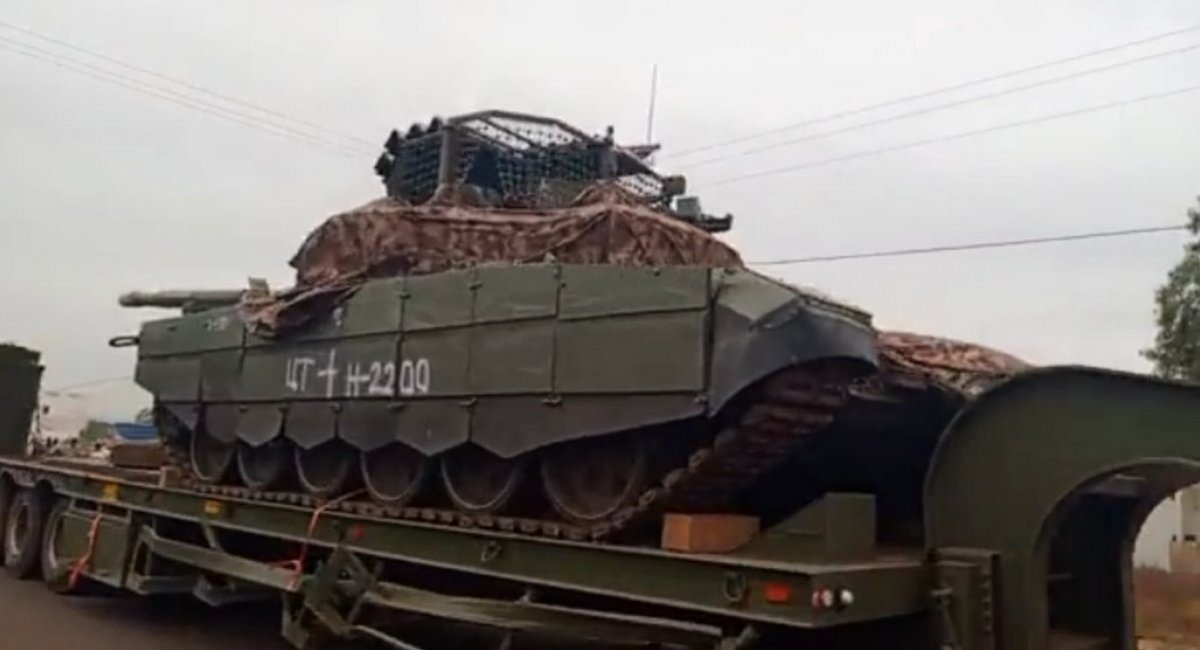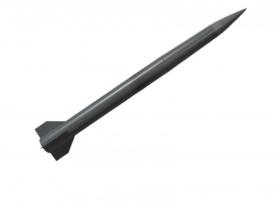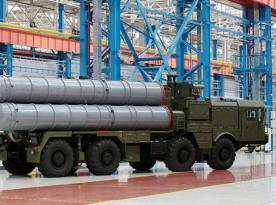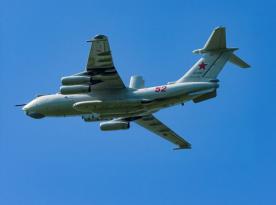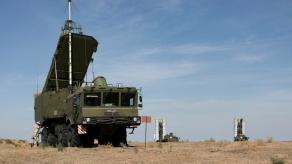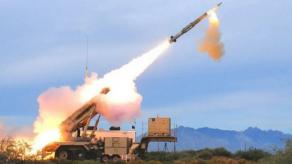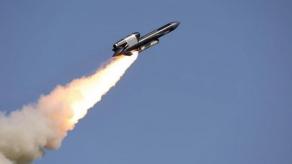Clash Report has published an infographic describing the structure of the russian federation's military presence in Africa. The key detail is that the Kremlin currently has around 5,000 troops located in eight African countries.
The entire contingent has reportedly been merged into the so-called African Corps, which includes Wagner Group units and operates under the direct control of the russian Ministry of Defense.
Read more: Satellite Images Reveal russia Expanding Network of Secret Nuclear Bases
Based on this infographic, russia has the largest military presence in Libya, Mali, and the Central African Republic. At the same time, a naval base is being built in Sudan. Its completion will mean a fundamental change in the nature of the Kremlin's posture in Africa.
Currently, russian military activity in the region includes control over mineral resources, training of government forces, and providing various services to African countries aligned with the Kremlin.
The authors of the Clash Report highlighted their assessments of possible expansions of russia's deployment on the continent, naming Equatorial Guinea among the most promising countries. It should be noted that in May 2025, russian troops were spotted in Equatorial Guinea, which has several tanks and 1,100 soldiers of its own.
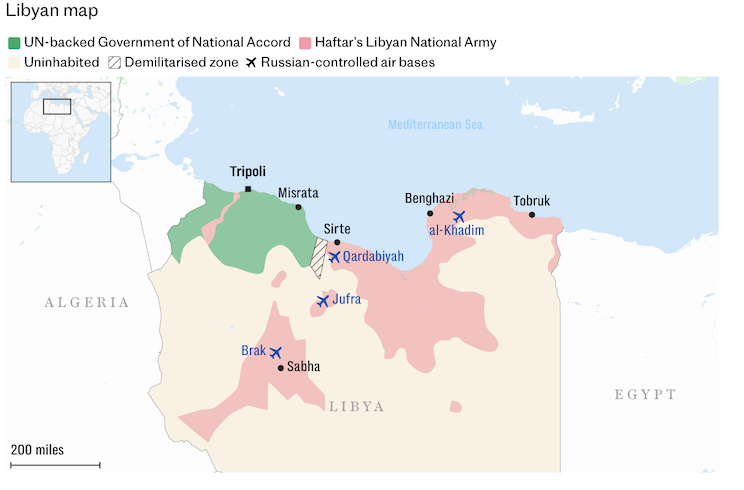
Also worth noting, in addition to its military personnel, russia also has heavy equipment stationed in Africa. For instance, in January 2025, it became known that seven russian T-72B3 tanks were seen in Mali, alongside five BMP-3 infantry fighting vehicles, and more than fifty other armored vehicles.
In Libya, russia is restoring strategically important air bases, where it has previously deployed at least 14 MiG-29 and Su-24 aircraft. This suggests that the Kremlin's military presence in Africa is far broader than what the infographic above shows.
However, the most important point in the context of russia's full-scale war against Ukraine is that the Kremlin is using Africa to extract resources, which plays a significant role in financing its aggression against Ukraine.
Read more: Starlink Analog For russian Naval Drones: Instead of Breakthrough, Backflip Into the 1990s




